The ceremony of shopping for vinyl seems like an archaic hobby to some these days. With MP3s dominating the music space and a younger generation who may never remember the beloved cassette tape, ‘Last Shop Standing’ is a film seeking to document the sub-culture of record lovers from shop owners to avid collectors across the United Kingdom. The facts are astonishing: in the 1980s, there were 2200 record stores in the country. By 2011 there were only 269 left. With retail space increasing in rent costs and a growing fan base now dedicated to digital consumerism, the record store has been erased from local high streets. Once a space for the music community to gather, aficionados to learn about new artists and often times a congregation to build new friendships and lovers, the record store has grown into a ‘place from yesteryear’. With interviews spanning the likes of Norman Cook, Johnny Marr from The Smiths and a cast of iconic figures from the underground music scene, we talk to Pip Piper the Director and Producer of the film to find out more:
This is your second campaign on Indiegogo – talk us through how you discovered crowdfunding and why you have adopted this as your financing channel versus traditional routes.
I first became aware of crowd funding a few years back via the film making community but The Last Shop Standing documentary provided me with the perfect project to use it.
We chose Indiegogo for a number of reasons: firstly you didn’t need a USA bank account but more importantly you could retain the funds raised even if you hadn’t reached your target. It is also just so simple and intuitive to set up the campaign and run it. We ran the first phase from just before Christmas 2011 up to end of January 2012 and it was a great learning curve. Some of the most important lessons were you really need to work at the “crowd” element of crowd funding. We also had to think hard about the perks and what would attract people to contribute to the project. Our second phase has been going really well!
Your film explores the role of record stores in music communities and how the changes in digital music have affected the landscape of music culture. Much the same has occurred for filmmakers such as yourselves who are looking to online tools to facilitate their projects. What are you views on how, overall, times are changing?
Well we all know we are in the midst of a digital revolution one in which the barriers and possibilities have just exploded for creatives. This is all lending itself to create a new landscape in which things get created, marketed and distributed.
Yes its cheaper and more accessible. Yes the internet means you have the whole wide world at your finger tips to market and sell to but as well as a digital revolution there is also a digital mythology emerging: that there is an audience out there just waiting for you, that if you build it they will come and all their millions, that you can get rich and very quickly!
Well yes it can happen and has for the very few but for the vast majority, whilst digital evens out the playing field, you still need to create great art. Though the internet contains billions of potential followers and customers you still have to be very imaginative and work very hard to get their attention. That’s where initiatives like indiegogo really help you learn and connect and make it happen.
Whilst making the film, it’s been really interesting to hear views on non digital interaction and how that is growing back, offering a complimentary universe where you still want the convenience and speed and accessibility of digital but long for the moments where its more about the ritual and touch. We need both.
Your campaign updates have served to provide interesting accounts of not only the process of developing the production of a documentary but snapshots of music culture. what kind of response have you had from people outside your personal networks?
We have had great responses! Richard Hawley ( PULP) telling us about how he needs to get “dust on his finger tips” and that’s why he goes to record shops regularly and owns 1000’s of vinyl records; shop owners talk to us about life long passions and customers who now bring their grandchildren in the stores to discover music for themselves; people discover the project via Indiegogo and talk to us about what record shops mean to them, like this one…
“Have read the book and looking forward to seeing the film. Record shops were a national institution when I was growing up and formed an integral part of my growing up process, in fact still do today and I shall be taking my annual pilgrimage to Rough Trade for record store day. My son aged 14 has a record player in his room as well! Good luck with the filming – if you want any pictures of vinyl collections let me know as I have wall to wall racks with all mine in alphabetical order”
We’ve had people send us photos and film links / tell us their stories and offer advice and help. Discovering people way outside your normal personal networks is one of the highlights of internet based crowd funding.
How has crowdfunding given you an access to your audience that isn’t possible in traditional methods?
It massively expands your connections and audience. In traditional methodologies you create then go to market hoping a distributor will get the attention of various media outlets from TV and cinema to airlines. Online, you do deals which usually marginalize the creatives and ensure most of the revenue goes to those who distribute and screen. Crowdfunding helps you connect with your end audience and grow that very early. If you’re successful you may not need to go the traditional route or at least if you do, you will be well armed to do much better deals. It just gives you so many more options and most importantly retains full creative control in your hands.
What has been your most poignant memory of the production of this fundraising campaign so far
and what advice do you have to share with other filmmakers wanting to crowdfund?
There are just too many to highlight them all – it has been truly great fun, hard but very satisfying. Seeing the first few funds come in and to know that people “out there” liked what we were doing, then seeing that grow has been a real highlight. Being told by friends and colleagues about conversations with people who had discovered our campaign and hearing them talk about it is a real thrill as you then know that the whole “crowd” viral thing can and does work.
As to advice I would firstly say in terms of crowdfunding the key word is “the crowd”, without that you don’t get funds. Ensure you have really thought about how to you get a “crowd”, what networks can you tap into, who will blog, email, Facebook and Tweet on your behalf and just keep doing it…What other ways can your project create clear and distinct messages in the terminal “noise” of the internet?
Last Shop Standing is currently raising money on Indiegogo
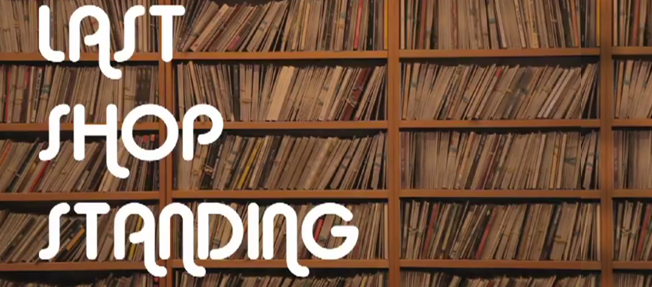
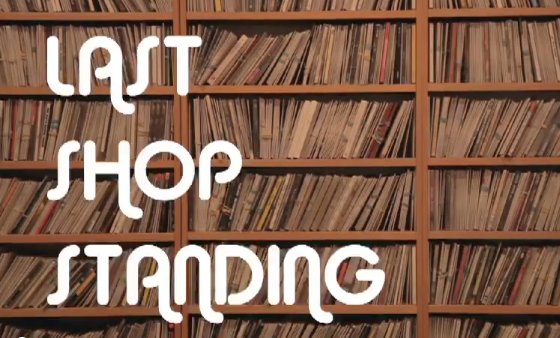
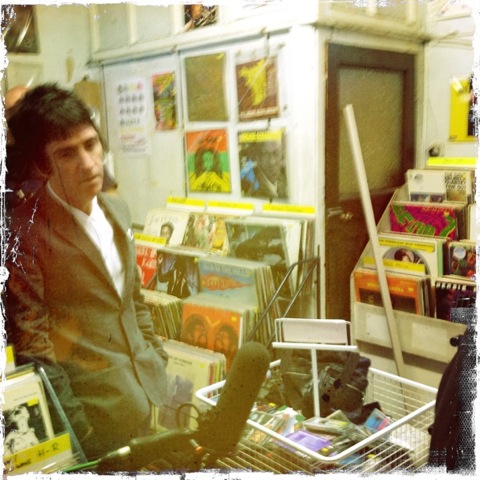
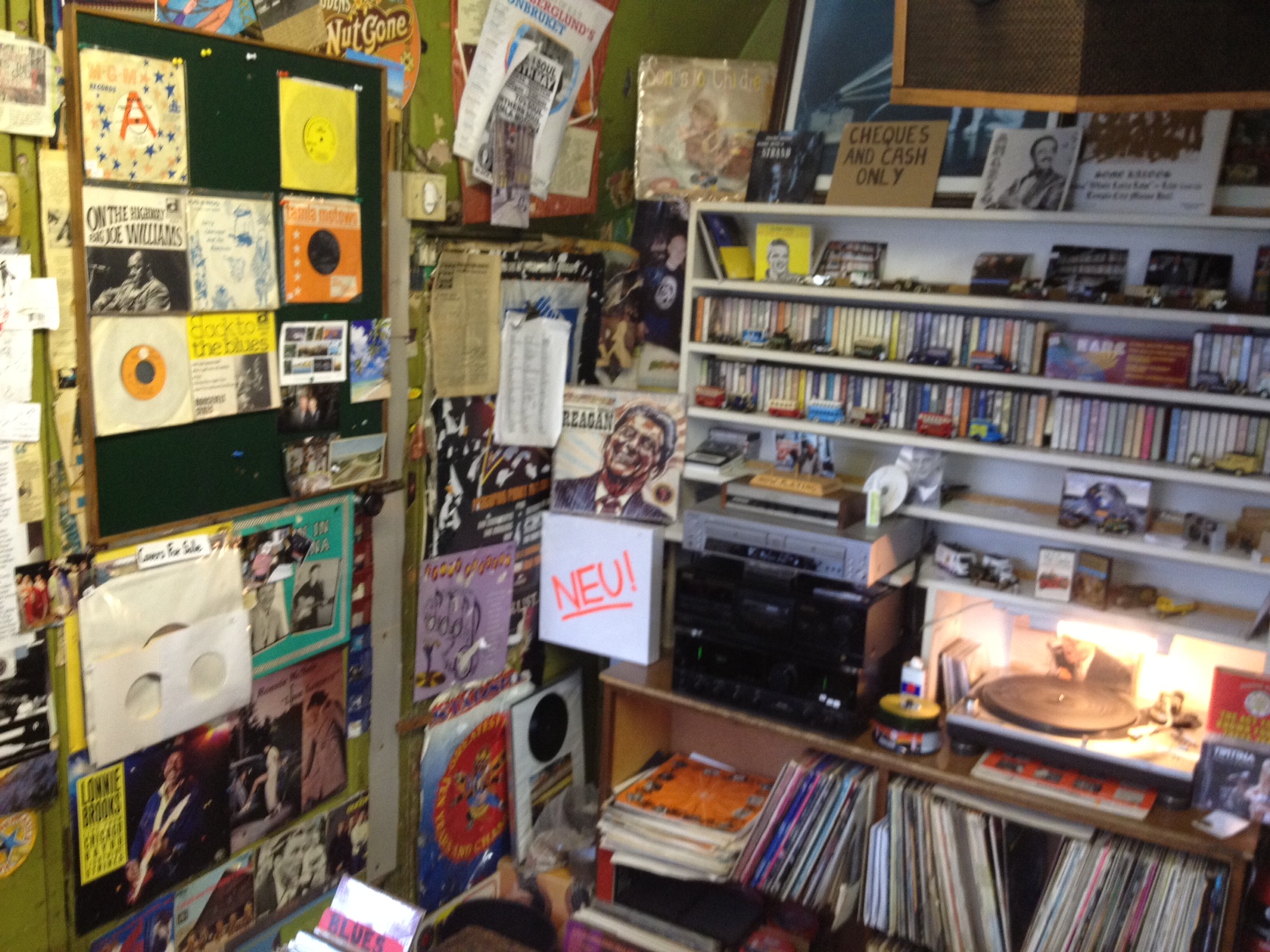
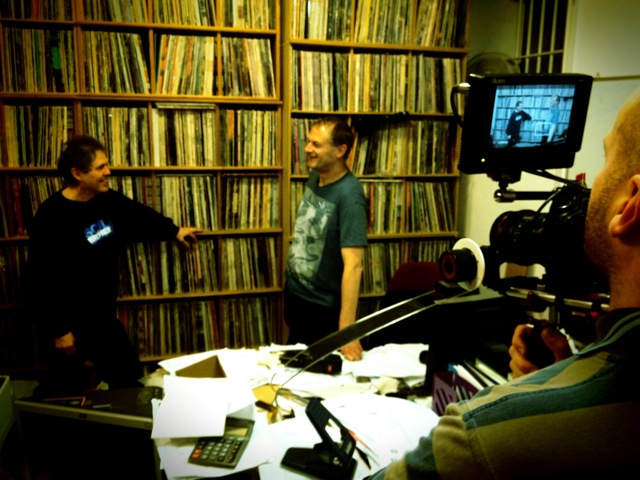

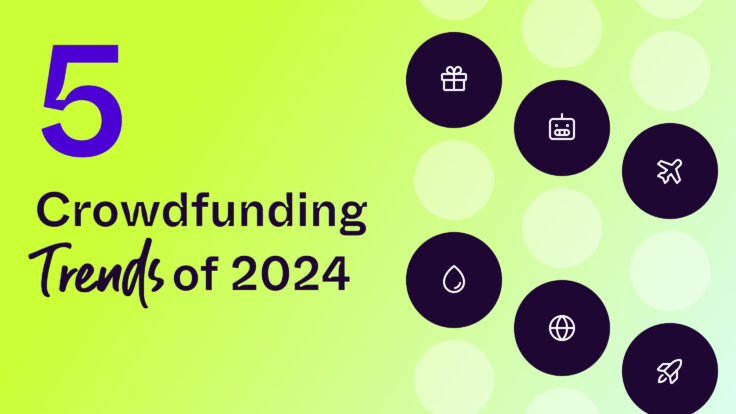
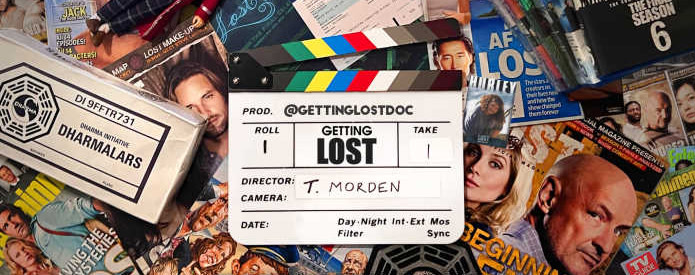
You must be logged in to post a comment.